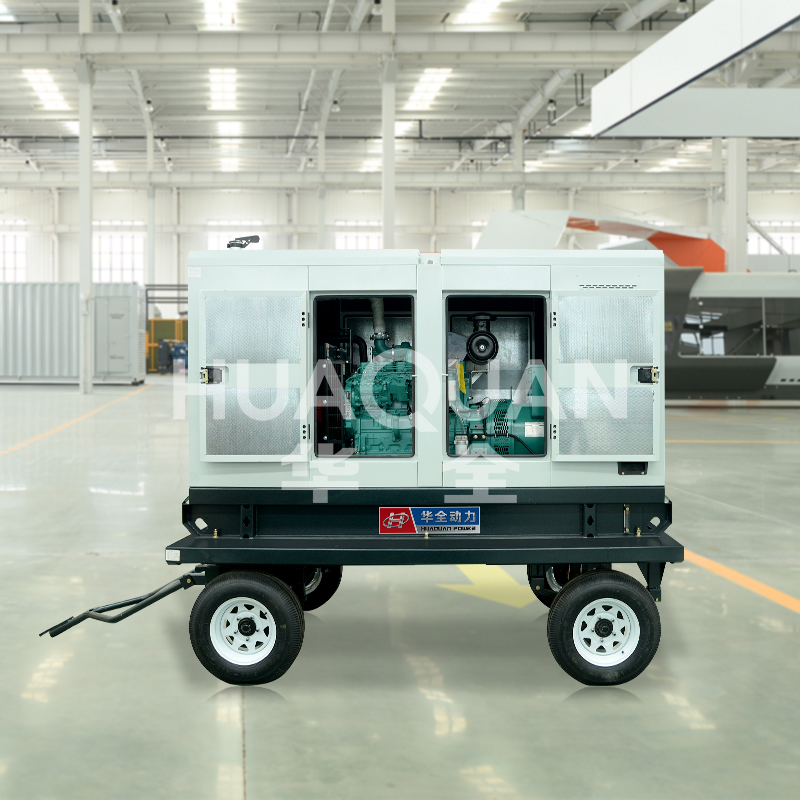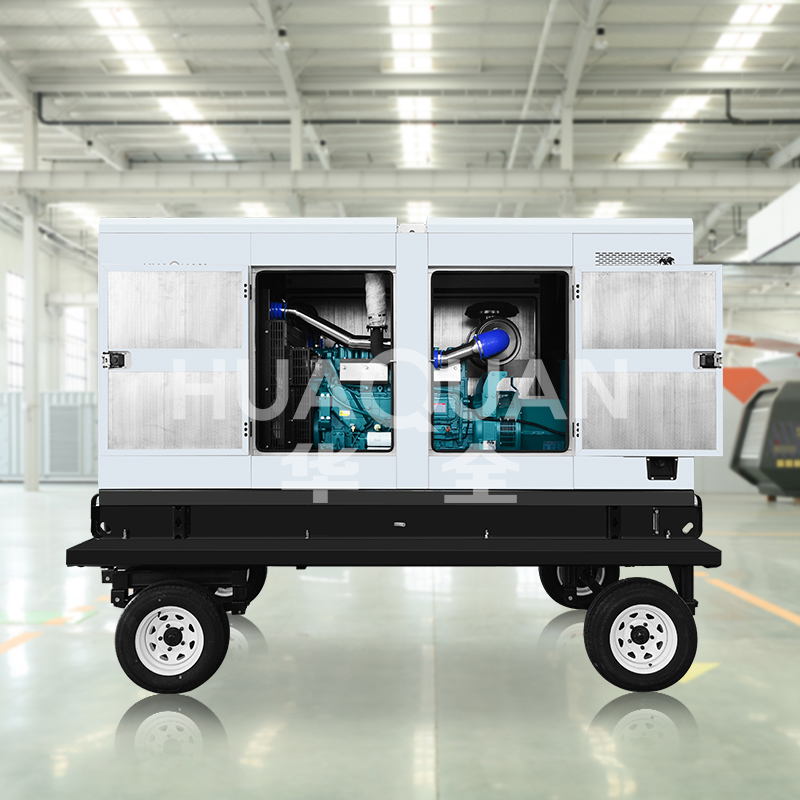Construction site generator is important power supply equipment for normal outdoor construction. It ensures uninterrupted operation of tools, lighting and equipment. Proper use and maintenance are important for safety, efficiency, and usage time. The following are the main precautions when operating a Construction site generator for users' reference.
1. Placement and Stability of Construction site generator
Always position the Construction site generator on a flat, stable surface to prevent tipping or fuel spills. Keep it away from high-traffic zones and flammable materials. Elevated or uneven ground may cause vibrations, increasing wear and noise.
2. Fuel and Oil Checks
Inspect fuel levels and oil quality before each use. Contaminated or old fuel can clog the engine, while low oil levels may lead to overheating. Follow the manufacturer’s guidelines for fuel type and oil changes to maintain optimal performance.
3. Load Management of Construction site generator
Avoid overloading the Construction site generator. Distribute power demand evenly and prioritize essential equipment. Sudden surges or excessive loads can trip circuits or damage the generator’s internal components.
4. Weather Protection
Exposure to rain, dust, or extreme temperatures can damage the Construction site generator. Use weatherproof covers or enclosures when necessary. Ensure adequate ventilation to avoid carbon monoxide buildup in enclosed spaces.
5. Noise and Emission Control
Even robust Construction site generator should comply with local noise regulations. Regularly inspect mufflers and exhaust systems to minimize disruptions. Schedule operations during permissible hours if noise restrictions apply.
6. Routine Maintenance of Construction site generator
Clean air filters, tighten loose bolts, and check wiring periodically. A well-maintained Construction site generator operates more efficiently and reduces the risk of unexpected breakdowns.
Proper handling of a Construction site generator ensures safety, reliability, and compliance with worksite standards. By adhering to these practices, teams can maximize productivity while minimizing hazards.








